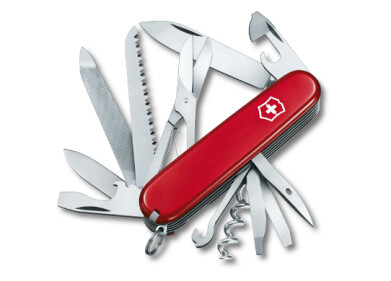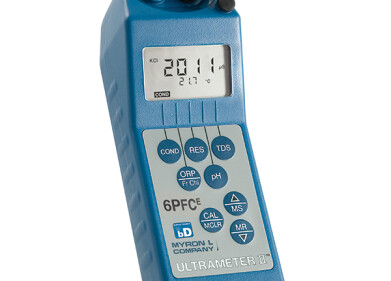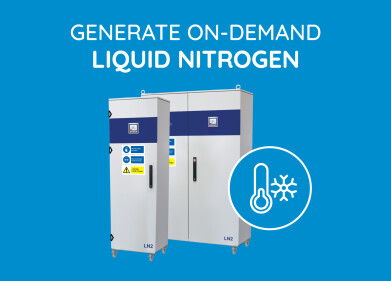-

-
 Neural stem cell differentiation - 25,000 iPSC derived neural stem cells were cultured in TrueGel3D® HTS Hydrogels and allowed to differentiate over 7-15 days. Differentiated cells show neural phenotypes with increased TUJ-1 expression (green) and complex neural networks.
Neural stem cell differentiation - 25,000 iPSC derived neural stem cells were cultured in TrueGel3D® HTS Hydrogels and allowed to differentiate over 7-15 days. Differentiated cells show neural phenotypes with increased TUJ-1 expression (green) and complex neural networks.
Laboratory products
High-Throughput 3D Cell Culture Using TrueGel3D® HTS Hydrogel Plates
Aug 31 2021
Three-dimensional (3D) cell culture is an attractive alternative to animal model research, and it is a predictive method for drug discovery and compound screening. By incorporating extracellular matrix (ECM) and other relevant factors, researchers design microenvironments in 3D cell culture that mirror those in vivo and provide the signals required for physiologically-relevant cell growth in vitro. These signals drive proper cell behaviour to extend proliferation time and closely simulate in vivo metabolic activity.
Using 3D cultures for drug discovery is particularly difficult because cell cultivation in 3D on a large scale, with automation, in a reproducible fashion, and at low cost is a challenge. To form 3D cell culture structures, researchers traditionally encapsulate cells in undefined Engelbreth-Holm-Swarm sarcoma-derived basement membrane extracts. These extracts are heterogenous hydrogels made of natural ECM proteins, such as various laminins and collagens, and growth factors, such as TFGβ, EGF, and IGF. The growth factors and ECM proteins are present at high levels that are not physiologically relevant, and the composition of each factor comprising a hydrogel can vary.
Synthetic ECM hydrogels are animal-free alternatives to natural hydrogels, their compositions are consistent and defined, which reduces batch-to-batch variability. However, most synthetic hydrogels still require additional steps to mix cells and hydrogels for encapsulation.
For high-throughput 3D cell culture, researchers must work with consistent and stable hydrogels that are simple to use.
TrueGel3D®HTS Hydrogel Plates are ready-to-use 96-well polystyrene glass-bottom plates pre-cast with synthetic polyethylene glycol (PEG)-based hydrogels. These innovative hydrogels contain gradually increasing crosslinking densities throughout the well. Users can proceed directly with seeding cells without any hydrogel preparation or encapsulation steps. After cell seeding, cells will gradually infiltrate the hydrogel and establish a 3D cell culture environment within days. Furthermore, this newly engineered hydrogel surface gives the user the possibility to sequentially establish co-culture systems by seeding different cell populations at different time-points in the same hydrogel well.
Features and Benefits:
- No Hydrogel Assembly Step Required: Ready for cell seeding which means you have one less step to perform and increase efficiency.
- Fully Synthetic: Lot-to-lot consistency and control over culture conditions, means avoiding batch-to-batch variations and batch testing. No animal derived products.
- Sequential Seeding: Easily co-culture various cell populations at different time points which means you can establish more predictive cell culture models.
- Designed for Imaging: Glass bottom 96-well black polystyrene plates suitable for high magnification and therefore you might get more data output from your experiment. Precast hydrogel is optically clear.
Are you interested in how to perform high-throughput 3D co-cultures for drug screening?
In collaboration with The Scientist, we presented a Technique Talk where Dr. Nina Berges from Merck Serono demonstrated how to use convenient, automation-compatible, pre-cast hydrogel plates to quickly and easily establish 3D cell cultures for high-throughput screening and high content analysis.
Listen to the recorded Webinar on The Scientist.
Digital Edition
Lab Asia 31.6 Dec 2024
December 2024
Chromatography Articles - Sustainable chromatography: Embracing software for greener methods Mass Spectrometry & Spectroscopy Articles - Solving industry challenges for phosphorus containi...
View all digital editions
Events
Jan 22 2025 Tokyo, Japan
Jan 22 2025 Birmingham, UK
Jan 25 2025 San Diego, CA, USA
Jan 27 2025 Dubai, UAE
Jan 29 2025 Tokyo, Japan


















